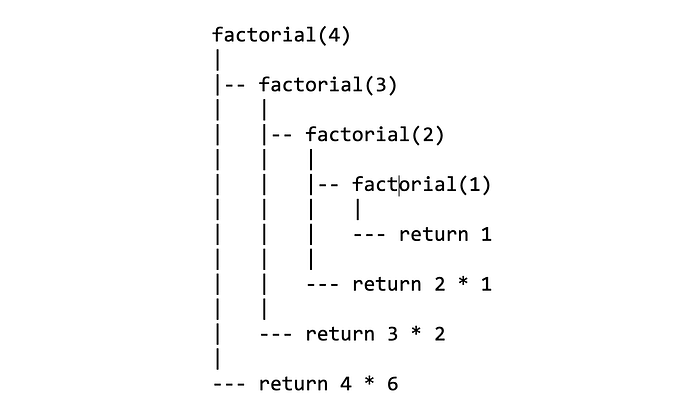
Introduction
Recursion is a programming concept that involves a function calling itself repeatedly until it reaches a base case, a condition that stops the recursion. This technique is commonly used in solving problems that can be divided into smaller sub-problems that follow the same pattern. In this article, we will discuss recursion, its application in programming, and provide examples of recursion in Python code.
Brief Overview of Recursion
Recursion is a powerful technique in programming that enables a function to break down a problem into smaller sub-problems and solve them individually. This is achieved by calling the same function repeatedly with different arguments until the base case is reached. The base case is the condition that stops the recursion, preventing an infinite loop.
Examples of Recursion in Programming
Search Algorithms: Recursive search algorithms are useful in searching for an element in a list or a tree structure. These algorithms break down the problem into smaller sub-problems by dividing the list or tree into smaller subsets, which are searched recursively until the element is found.
Sorting Algorithms: Recursive sorting algorithms use the divide-and-conquer approach to sort a list of elements. The algorithm breaks down the list into smaller sub-lists, sorts them recursively, and merges them to produce the final sorted list.
Examples of Recursion in Python
a) Calculating the Factorial of a Number: The factorial of a number is the product of all positive integers less than or equal to that number. Here’s how we can use recursion to calculate the factorial of a number.
def factorial(n):
if n == 1:
return n
else:
return n * factorial(n-1)Explanation: The function ‘factorial()’ takes a single argument ‘n’. If ‘n’ is equal to 1, the function returns 1, which is the base case. Otherwise, it returns ‘n’ multiplied by the result of calling ‘factorial()’ with the argument ‘n-1’. This continues until the base case is reached, and the function returns the final result. See the diagram below

b) Calculating the Fibonacci Sequence: The Fibonacci sequence is a series of numbers where each number is the sum of the two preceding numbers. Here’s how we can use recursion to calculate the Fibonacci sequence:
def fibonacci(n):
if n <= 1:
return n
else:
return(fibonacci(n-1) + fibonacci(n-2))Explanation: The function ‘fibonacci()’ takes a single argument ‘n’. If ‘n’ is less than or equal to 1, the function returns ‘n’, which is the base case. Otherwise, it returns the sum of the two previous values in the sequence by calling ‘fibonacci()’ recursively with the arguments ‘n-1’ and ‘n-2’.

Conclusion
Recursion is a powerful technique in programming that enables a function to solve complex problems by breaking them down into smaller sub-problems. This technique is commonly used in search and sorting algorithms, as well as mathematical calculations like factorials and Fibonacci sequences. By understanding the concept of recursion and its implementation in programming, developers can solve complex problems more efficiently and effectively.
Thank you for Reading!!
